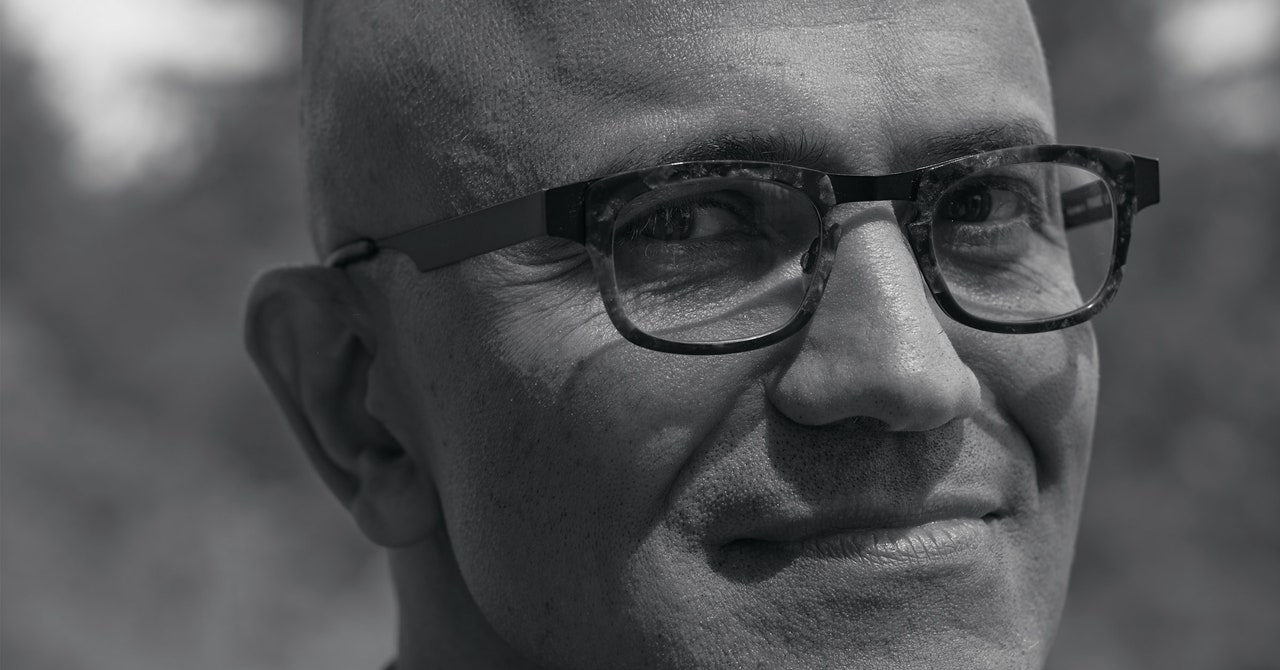SATYA NADELLA: As we went from GPT 2.5 to 3, we all started to see these emerging opportunities. It started to show scale effects. We not only trained it in coding, but it got really good at coding. Then I became a believer. I thought, “Wow, this is really on.”
Was there a single eureka moment that made you go all in?
It was that ability to code that led to the creation of Copilot. But the first time I saw what is now called GPT-4, in the summer of 2022, was a mind-blowing experience. There is one question I always use as a reference. Machine translation has been with us for a long time and has hit many great benchmarks, but it lacks the subtlety to capture deep meaning in poetry. Growing up in Hyderabad, India, I dreamed of being able to read Persian poetry, especially the work of Rumi, which has been translated into Urdu and then into English. GPT-4 did it, in one go. It was not just a machine translation, but something that preserved the sovereignty of poetry across two language borders. And that’s pretty cool.
Microsoft has been investing in AI for decades – didn’t you have your own big language model? Why did you need OpenAI?
We had our own efforts, including a model called Turing that was in Bing and offered in Azure and whatever. But I felt that OpenAI was pursuing the same as we are. So instead of trying to train five different base models, I wanted one base, as the basis for a platform effect. So we started working together. They bet on us, we bet on them. They do the basic models and we do a lot of work around it, including the tooling around responsible AI and AI safety. At the end of the day, we are two independent companies working closely together to pursue one goal, with discipline, rather than multiple teams doing random things. We said, “Let’s check this out and build one thing that really captures the world’s imagination.”
Have you tried buying OpenAI?
I grew up at Microsoft and have interacted with partners in many interesting ways. We used to build SQL Server by working closely with SAP. So things like this are no stranger to me. What’s different is that OpenAI has an interesting structure; it is non-profit.
That normally seems like a deal killer, but somehow you and OpenAI came up with a complicated solution.
They created a for-profit entity and we said, “We’re okay with it.” We have good commercial cooperation. I felt like there was a stable long-term deal here.
Apparently it’s set up so that OpenAI makes money off your deal, just like Microsoft, but there’s a limit to how much profit your partnership can bring. When you reach it, it’s like Cinderella’s carriage turning into the pumpkin – OpenAI becomes a pure non-profit organization. What will happen to the partnership then? Can OpenAI say, “We are completely non-profit and we don’t want to be part of a commercial operation?”

